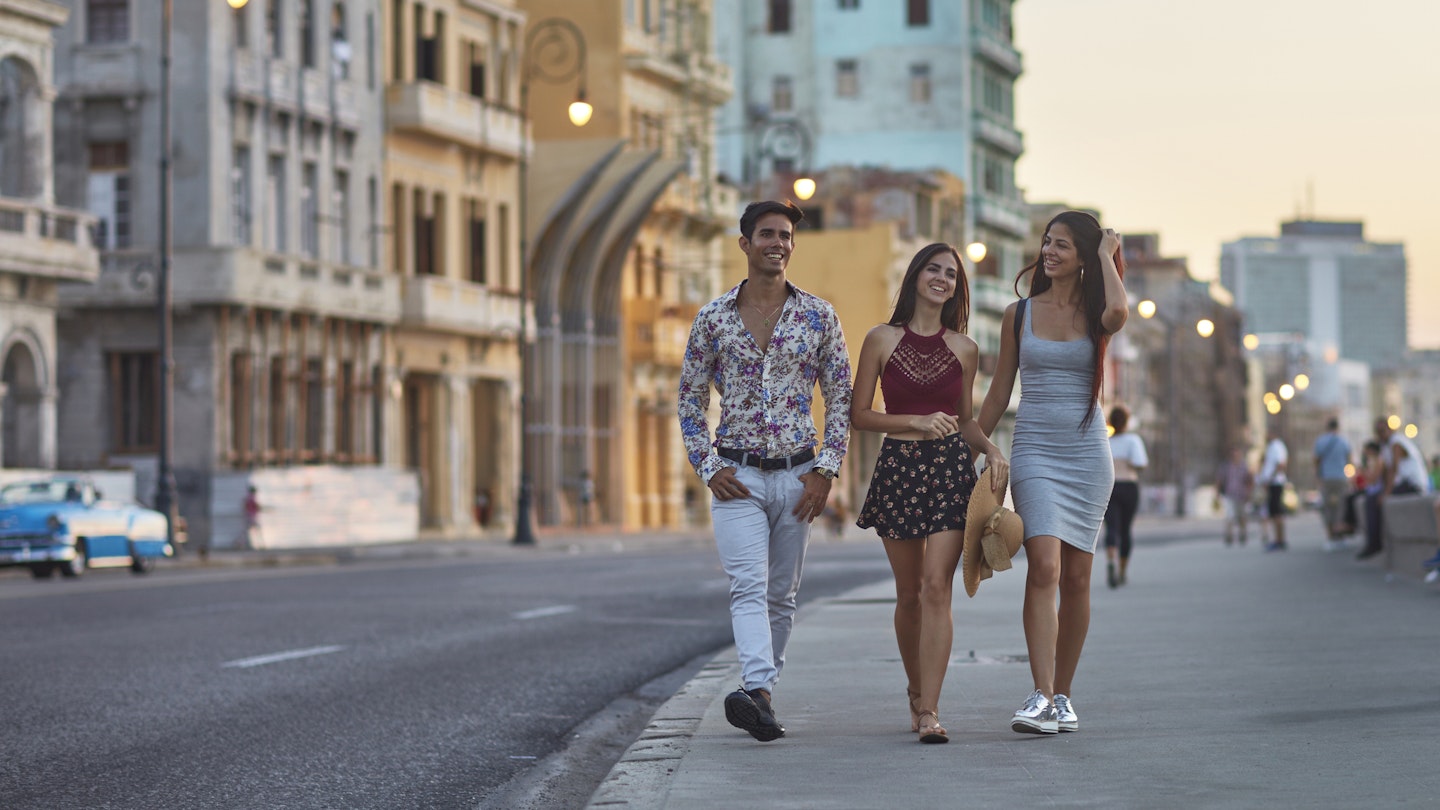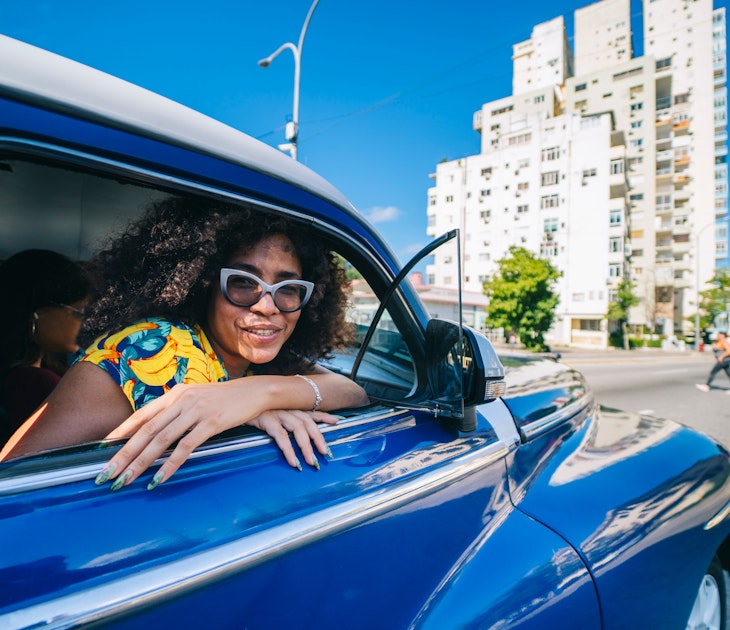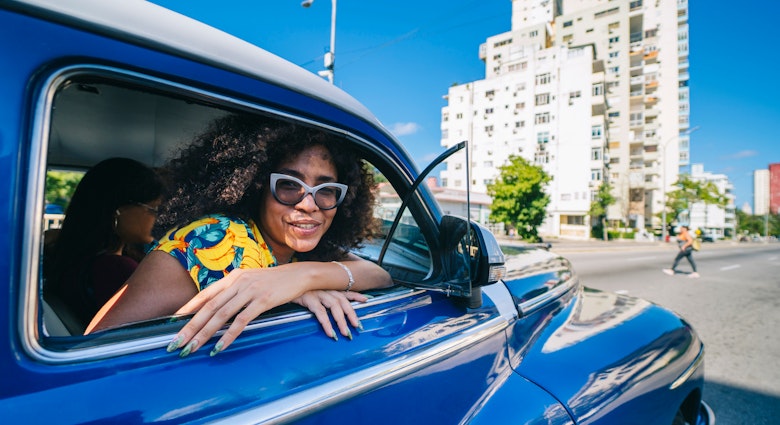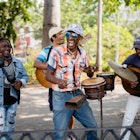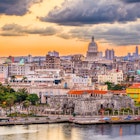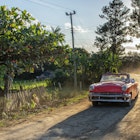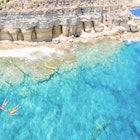Havana has three indispensable city center neighborhoods that travelers with more than a couple of days on their hands should visit.
There’s beautifully restored Habana Vieja (Old Havana), a celebrated UNESCO World Heritage Site; gritty Centro Habana, where theatrical street life plays out alongside palatial civic buildings and nationally important museums; and the more modern commercial hub of Vedado, whose faded 1950s glamor is reflected in its boxy skyscrapers, former mafia-run hotels and musical nightlife.
Dip into all three, and you’ll get a little closer to understanding what this enigmatic city is all about. If you’re staying longer, you’ll have time to seek out beaches, street art projects and unusual architecture in a scattering of outlying districts.
Here are the seven Havana neighborhoods that you must visit.
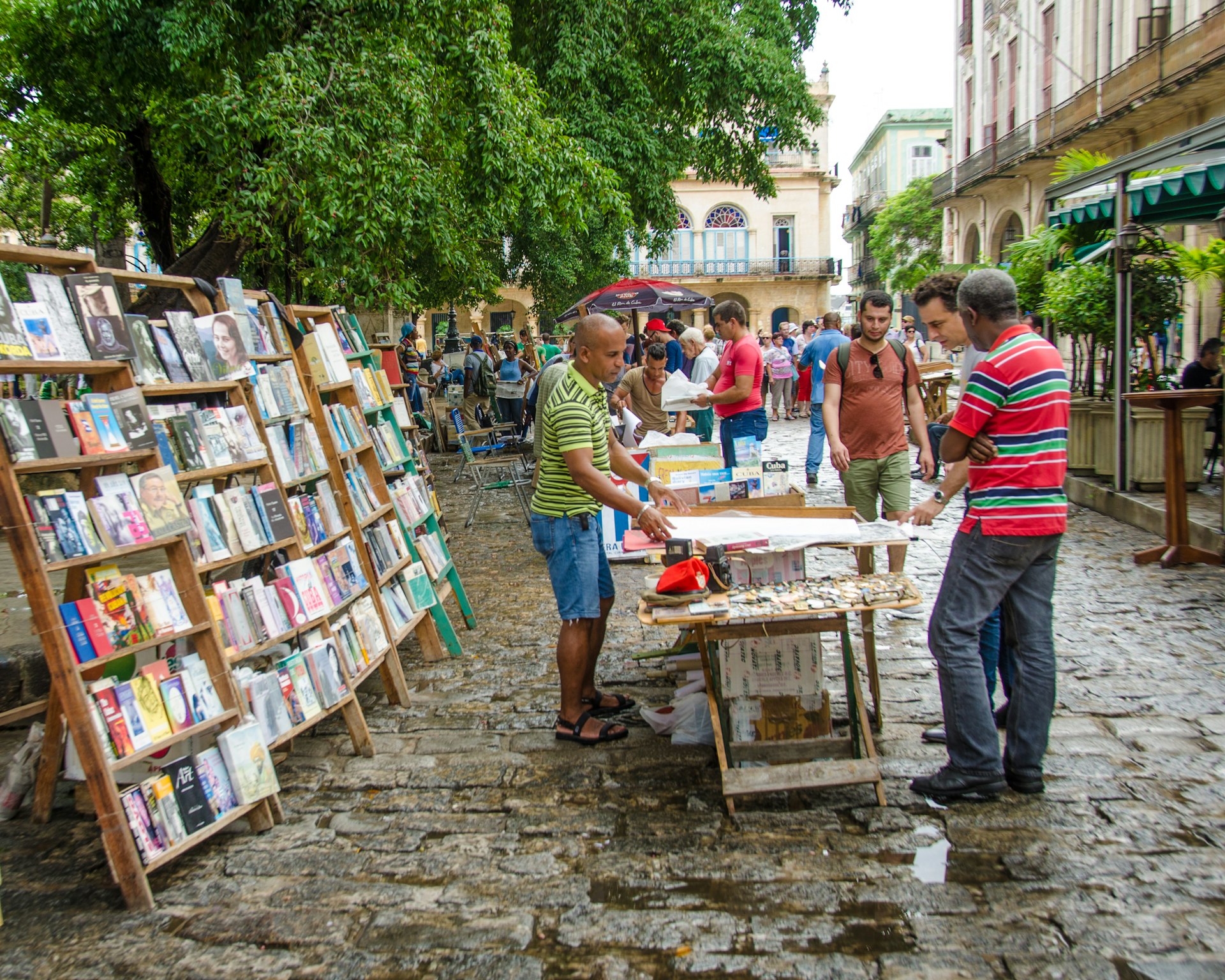
Habana Vieja
Best neighborhood for a history lesson
Anchored by four diminutive squares around which the original walled city grew in the early 1500s, contemporary Habana Vieja is the result of a dynamic historical renovation project that was achieved against the odds during a time of great economic scarcity starting in the 1990s.
Today, the 4 sq km (1.5 sq mile) UNESCO World Heritage Site is akin to a neighborhood-sized museum, but with one big difference: people live here – 100,000 of them.
The cityscape is at once grandiose and gritty. Schools and maternity homes overlook cobbled, tourist-packed squares. Meticulously restored pharmacies still hand out prescriptions to qualifying locals, while the deconsecrated church of San Francisco de Asís acts as both a museum of religious art and Havana’s finest classical concert hall.
Containing around 900 buildings of historical importance, the neighborhood is an obligatory starting point for any tour of Havana.
You can peruse dozens of museums highlighting everything from playing cards to medals, coins and banknotes. An abundance of handsome hotels are atmospherically encased in erstwhile colonial-era digs.
Don’t miss arterial Calle Obispo, the always-crowded shopping street, Plaza de la Catedral with its haunting baroque church and the bohemian bars of Plaza del Cristo, where live music seems to blast out of every window and door.

Centro Habana
Best neighborhood for aimless strolling
Centro Habana is Havana’s heart and soul, a noisy, dilapidated but safe neighborhood where life is lived out in the open, and the beautiful din of salsa competes with the rattle and hum of asthmatic American cars coursing along its narrow streets.
Demarcated to the north by the broad curve of the Malecón sea drive, its colorful thoroughfares make for essential strolling. See older men slapping down dominoes at tables set up curbside, listen to the shouts of pregoneros (street criers) selling fruit door to door and inhale the aroma of old cigars mixed with pineapples and diesel fumes.
Contrasting with this buoyant quarter is the very different world of Parque Central and El Prado, a busy, tourism-focused corridor that’s home to Havana's poshest hotels and some of its finest museums, including the Museo Nacional de Bellas Artes and the Museo de la Revolución.
Vedado
Best neighborhood for evening activities
The polar opposite of Habana Vieja, Vedado looks like a cross between Hausmann’s Paris and a mildly disheveled American city.
Large urban lots are home to elegant villas and tropical gardens, while radial avenues laid out in the 1930s and 1940s emanate from its extravagantly large square, Plaza de la Revolución.
The hotspot of Havana’s tawdry nightlife in the 1950s, Vedado still has a strong nocturnal pulse. Jazz clubs, flamboyant cabaret and the Fábrica de Arte Cubano, the country’s ultimate art and performance space, are all based here, along with multiple cinemas and the block-sized Coppelia ice-cream complex.
Vedado is a great place to sit on the sea wall with a bottle of rum and shoot the breeze with the amassed fishers, trumpet blasters, canoodling couples and Florida gazers.
For a more refined sundowner, head to the breezy gardens of the iconic Hotel Nacional for a mojito in the bar where Frank Sinatra and Winston Churchill once puffed cigars.
Another atmospheric place for sunset strolling is Havana’s gigantic cemetery, the Necrópolis Cristóbal Colón, a veritable city of the dead that’s imbued with history, religious apparitions and (who knows?) ghosts.
Miramar
Best neighborhood for atmospheric dining
Once opulent Miramar in the municipality of Playa is a leafy diplomatic quarter of broad avenues, sprawling ficus trees and fine private restaurants.
The architecture is largely eclectic, verging on fanciful. The huge, quasi-stately homes were invariably built by rich business people just before the revolution and requisitioned by the government soon after.
Today, they serve as foreign embassies and offices for state-run enterprises, and a few have even been turned into boutique hotels. After gawking at the pretty houses, you can enjoy some shade in El Bosque de la Habana, where the neighborhood’s leafiness goes into overdrive in a wild riverside park.
Miramar, courtesy of its history as a diplomatic quarter, has long been a bastion of good private restaurants with a couple of state-run places, too.
Scattered around its tree-lined streets are nods to Italian, Lebanese, Spanish and, of course, Cuban cuisine in settings that are both refined and romantic. Longstanding favorites include Paladar Vista Mar for its seafood and La Cocina de Lilliam for its Cuban-European fusion.
Western Miramar, starting at Calle 70, has a plush business center and a growing cluster of modern hotels that are popular with the conventional crowd. Better and more convenient accommodations can be found in Habana Vieja and Centro Habana.
Casablanca and the forts
Best neighborhood for forts
This sleepy boat dock and its surrounding cluster of houses on the eastern side of Havana harbor is overlooked by several popular city sights: a 20m-tall (66ft) statue of Christ and the city’s two largest forts.
There’s the distinctive Castillo del Morro with its sentinel lighthouse, and the strapping Cabaña, the largest Spanish fort in the Americas.
Although geographically separated from Habana Vieja, the forts are included in its prestigious UNESCO listing. Exploring their museums, ramparts, and various nooks and crannies could fill half a day.
Small ferries cross the harbor from Habana Vieja to Casablanca, or you can take a taxi through the road tunnel. Time your visit for early evening and linger for the 9pm Cañonazo (cannon-firing) ceremony in La Cabaña. A couple of decent restaurants serve dinner in the area.
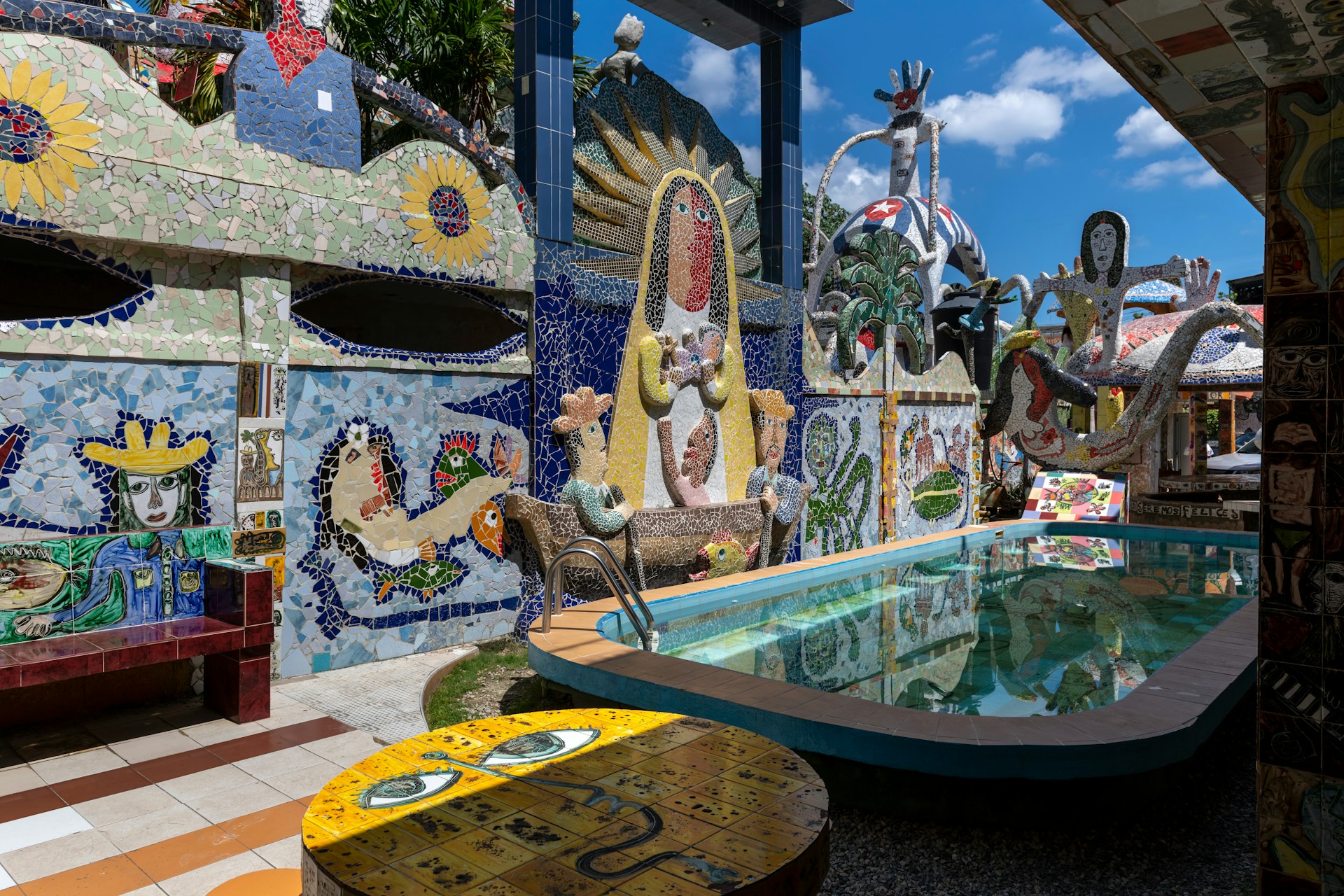
Jaimanitas
Best neighborhood for street art
Until 15 years ago, no one knew much about the working-class fishing community of Jaimanitas apart from the people who lived there. But thanks to the slow but painstaking work of a local artist named José Fuster, whispers of recognition became murmurs and then shouts.
What Fuster has created over a 25-year period is a fantastical street art project known as Fusterlandia that continues to draw in tourists by the busload.
Covering more than 80 houses in the neighborhood with murals, mosaics, and other pieces of surreal art and sculpture inspired by the likes of Gaudí and Picasso, he has single-handedly transformed his community into one of Havana’s top sights.
Jaimanitas is located 16km (10 miles) west of Centro Habana in the municipality of Playa. A series of local buses will get you there, but it’s easier to organize a taxi.
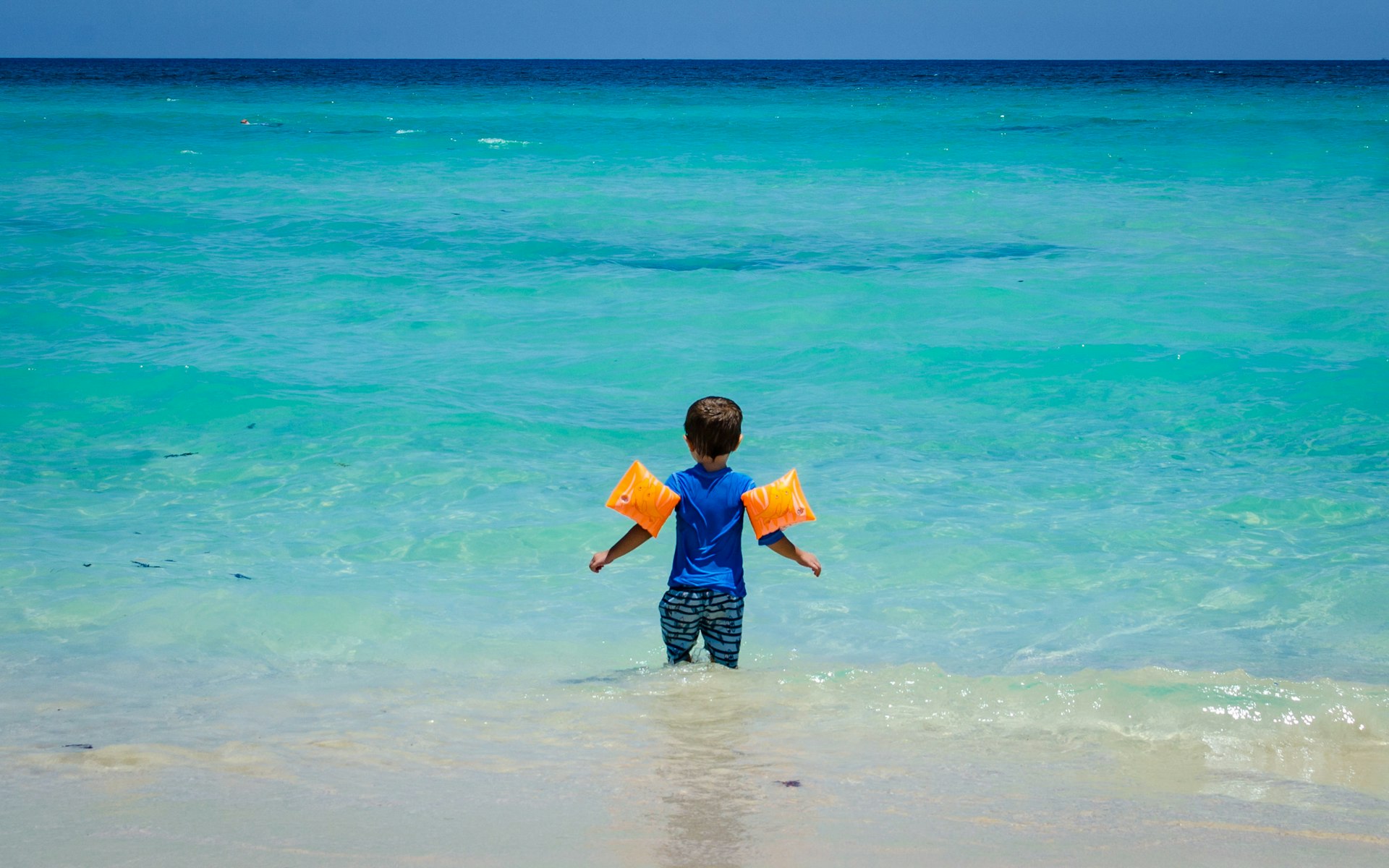
Guanabo
Best neighborhood for lying on the beach
Guanabo is a beach community that feels more like a large village than a buzzing urban neighborhood.
It sits at the eastern end of Havana’s elongated beach strip, Playas del Este, with access to rambunctious Playa Guanabo, one block north of the neighborhood’s main avenue, or the quieter Playa Boca Ciega, about 1km (0.5 miles) to the west.
Beyond the beaches, this neighborhood has little in the way of sights, but plenty to prick your curiosity.
Untouched yet by suburban sprawl, Guanabo prefers to see itself as a traditional Cuban village where spontaneous reggaeton parties erupt on the sand and horse and cart is still the preferred method of getting around.
To get here like a local, hop on bus A40 next to the train station in Habana Vieja. If you fancy staying overnight, Guanabo has a liberal smattering of family-run casas particulares (private homestays).

